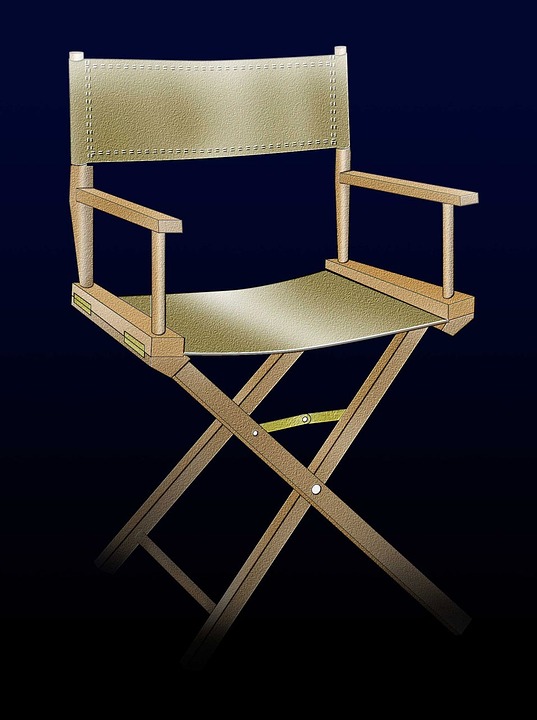Directing is an art form that has evolved greatly over the years, from its origins on the stage to its modern-day application in film and television. While the basic principles of directing remain the same, the techniques and technology used by directors have changed dramatically with the advancement of technology. In this article, we will explore the evolution of directing from the stage to the screen and how directors have adapted to these changes.
The Early Days of Stage Directing
In the early days of theater, directing was a relatively simple affair. There were no elaborate sets or special effects, and the director’s main role was to ensure that the actors knew their lines and blocking. Directors would often work with the actors to develop their characters and would oversee the overall production, making sure that everything ran smoothly.
As theater evolved, so did the role of the director. Directors began to experiment with new techniques and styles, incorporating elements of realism, symbolism, and expressionism into their productions. Directors like Konstantin Stanislavski and Bertolt Brecht revolutionized the way that theater was staged, introducing new ideas about character development, staging, and performance.
The Transition to Film
With the invention of film in the late 19th century, directing took on a whole new dimension. Directors like D.W. Griffith and Sergei Eisenstein pioneered new techniques for telling stories on screen, using editing, camera angles, and lighting to create a more immersive and cinematic experience. Directors had to adapt to the limitations of the medium, learning to convey meaning through visual imagery rather than dialogue.
The transition from stage to screen also brought new challenges for directors. Unlike the theater, where actors perform live in front of an audience, film actors perform in front of a camera, often out of sequence. Directors had to learn how to work with actors in this new environment, helping them to deliver nuanced and authentic performances that would hold up under the scrutiny of the camera.
The Rise of Auteurs
As the film industry grew, so did the role of the director. Directors like Alfred Hitchcock, Orson Welles, and Stanley Kubrick began to assert themselves as auteurs, taking control of every aspect of the filmmaking process. These directors used their unique vision and style to create films that were unmistakably their own, often challenging the conventions of mainstream cinema.
Auteur directors often worked closely with their actors, collaborating to create complex and compelling characters. They also paid careful attention to every detail of their films, from the lighting and framing to the editing and sound design. By taking control of every aspect of the filmmaking process, these directors were able to create works of art that were truly unique and original.
The Digital Revolution
In the past few decades, the advent of digital technology has revolutionized the way that films are made and directed. Directors now have access to a plethora of tools and techniques that allow them to create stunning visual effects, manipulate time and space, and push the boundaries of storytelling. Directors like Steven Spielberg, James Cameron, and Christopher Nolan have used digital technology to create some of the most visually stunning and technically advanced films in history.
The digital revolution has also democratized the filmmaking process, making it easier for independent filmmakers to create and distribute their work. With the rise of digital cameras, editing software, and online platforms, aspiring directors can now make films on a shoestring budget and reach audiences all over the world. This has opened up new opportunities for directors to experiment with new styles and techniques, pushing the boundaries of what is possible in filmmaking.
The Future of Directing
As technology continues to advance, the role of the director will likely continue to evolve. Directors will have access to even more powerful tools and techniques, allowing them to create increasingly immersive and innovative films. Virtual reality, augmented reality, and other emerging technologies have the potential to revolutionize the way that stories are told on screen, creating new possibilities for directors to explore.
Despite these changes, the basic principles of directing remain the same. Directors will always be responsible for guiding the actors, shaping the story, and creating a compelling and engaging experience for the audience. As the art of directing continues to evolve, directors will need to adapt to new technologies and techniques while staying true to their vision and artistic vision.
In conclusion, the evolution of directing from the stage to the screen has been a fascinating journey. Directors have had to adapt to new technologies, styles, and storytelling techniques, constantly pushing the boundaries of what is possible in filmmaking. As we look to the future, it is clear that the role of the director will continue to evolve, with new technologies and techniques opening up new possibilities for storytelling and creativity. The art of directing will always be essential to the filmmaking process, guiding the actors, shaping the story, and creating a unique and compelling experience for the audience.
